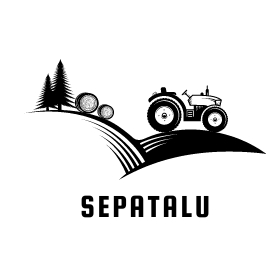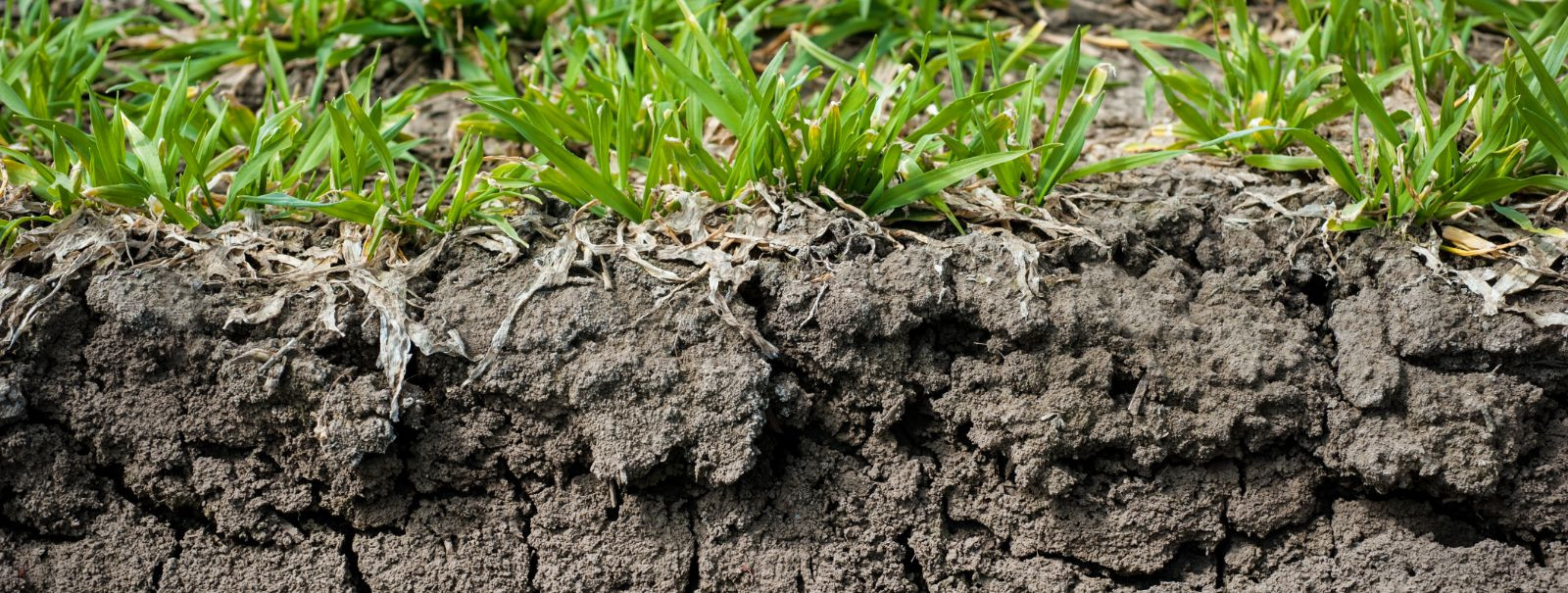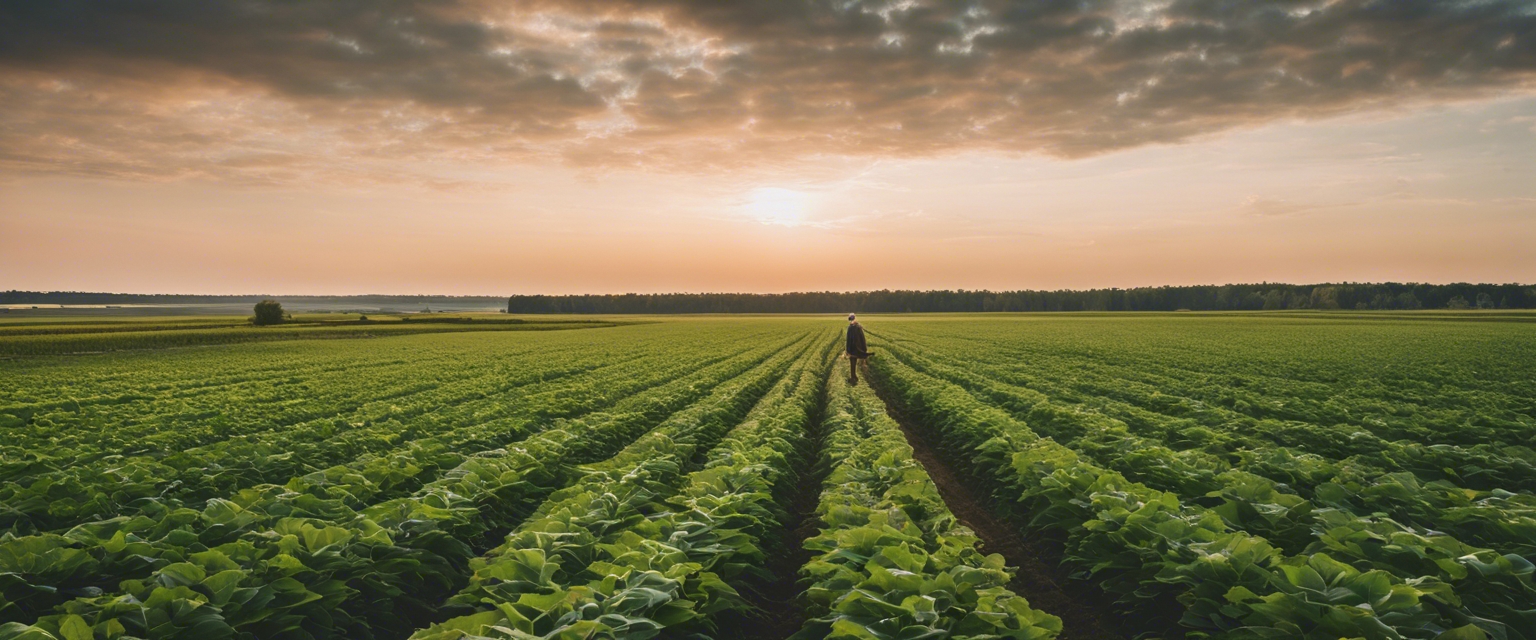Maximizing crop yields with advanced soil management
Soil health is the foundation of productive agriculture. Healthy soil supports plant growth by providing essential nutrients, water, and a stable structure. It also plays a crucial role in the ecosystem, affecting water quality, carbon sequestration, and biodiversity.
Different soil types, from sandy to clay, have unique properties that influence water retention, nutrient availability, and crop suitability. Recognizing and understanding these characteristics is vital for effective soil management.
Key Components of Advanced Soil Management
Regular soil testing is a critical step in advanced soil management. It provides valuable information on nutrient levels, pH, and other factors that affect crop health and yield.
Incorporating organic matter improves soil structure, which enhances water infiltration, nutrient retention, and root development. Compost, green manures, and crop residues are common sources of organic matter.
Maintaining the correct soil pH is essential for nutrient availability. Lime or sulfur applications can adjust pH, while tailored fertilization programs ensure nutrients are balanced and available to crops.
Optimizing soil moisture through proper irrigation techniques can significantly impact crop yields. Drip irrigation, scheduling based on soil moisture sensors, and mulching are effective methods to manage water in the soil.
Advanced Techniques in Soil Management
Cover crops and crop rotation are agronomic practices that enhance soil fertility, suppress weeds, and break pest cycles. These techniques also contribute to soil organic matter and overall soil health.
Conservation tillage, including no-till and reduced-till methods, minimizes soil disturbance, preserves soil structure, and reduces erosion. It also helps in maintaining higher levels of soil organic matter.
Biological soil amendments, such as biofertilizers and mycorrhizal inoculants, can improve soil fertility and plant health by enhancing the biological activity within the soil.
Modern technology, including GIS mapping, precision agriculture, and remote sensing, allows for more accurate soil analysis and targeted management practices, leading to better decision-making and higher crop yields.
Challenges and Solutions in Soil Management
Soil erosion and degradation are major challenges that can be addressed through practices such as contour farming, terracing, and the use of erosion control fabrics.
Building soil resilience is key to adapting to climate change. Practices such as increasing organic matter and diversifying plant species can help soils withstand extreme weather events.
Farmers must navigate a complex landscape of environmental policies and regulations. Staying informed and compliant is essential for sustainable soil management and crop production.






Comments (0)